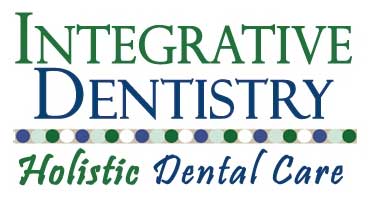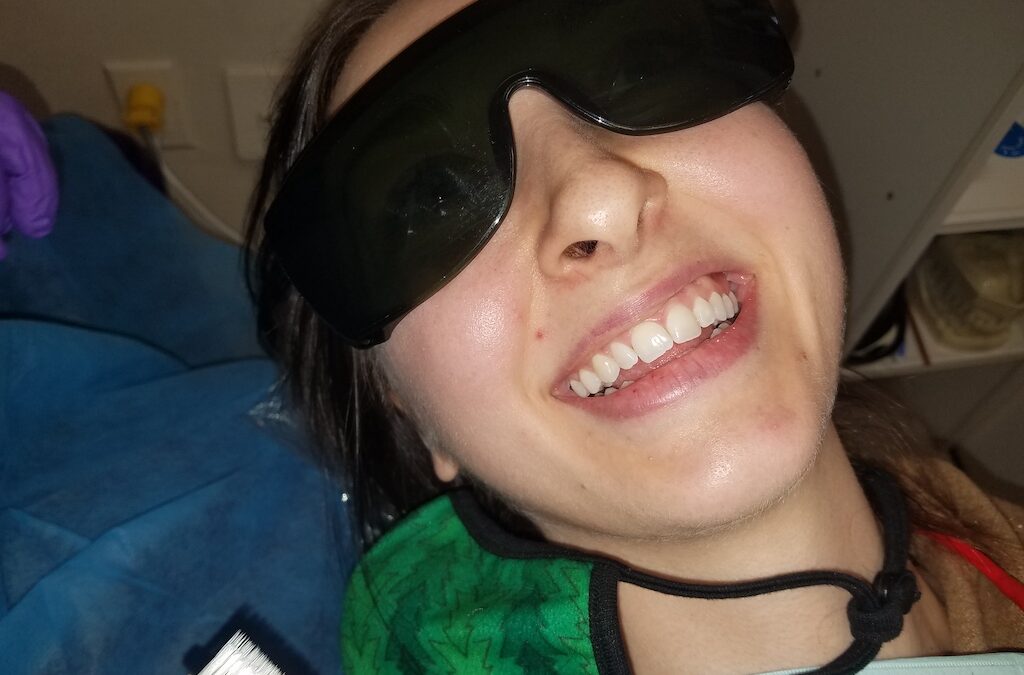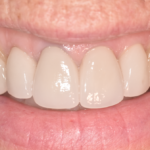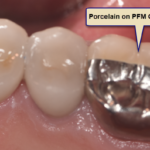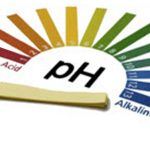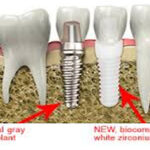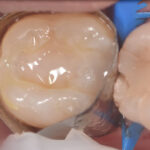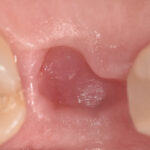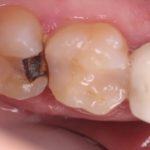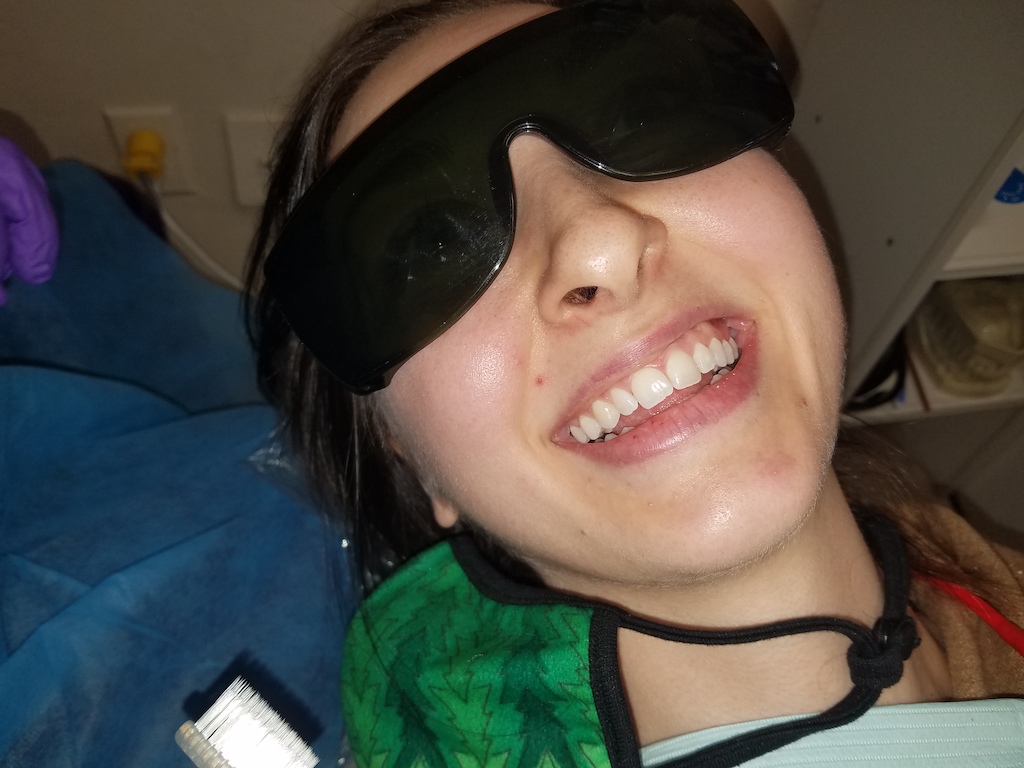
One of the most common questions I get in the practice is how to prevent tooth decay. This is because people don’t like getting cavities, especially when they are trying to prevent them. One of my long time patients recently came in and had some gum line cavities. I felt bad telling him but felt worse when he responded to the news by saying, “Hey doc, I am doing everything I can at home and trying to follow your instructions, so how does this keep happening to me?”
I have to admit, this was a really good question. I thought I had told him the best way of cleaning his teeth and given him the right tools to do so but something was missing. This is why I wrote this blog post. This is the 101 version of how to clean your teeth to prevent cavities and decay. Versions 201 and 301 will come next so stay tuned.
Get a Soft Toothbrush
I’m sorry to say this but a tooth brush can cause gum recession. Period. Gum recession is one of the dirty dozen problems in dentistry and 9 times out of 10 it’s caused by over brushing along the gum line of your teeth. I have patients coming in where there teeth are clean, and by clean I mean really clean. But their gums are receding due to them using a brush that is too hard, and they are overbrushing. You see a tooth brush is not meant to do everything, and it’s not the right tool to due all it’s being asked to do. It’s only a general cleaner and meant to get the easy stuff off your teeth. The fine work is done with the other tools listed below.
Use Floss at Least Once a Day
I floss once a day right after dinner, and after I brush my teeth. I find that if I don’t do it then, it gets harder and harder to do, as I get more and more tired at night. Every good habit has benefits but we as humans have a natural resistance to do things when we would rather be doing something else, like watching TV. The thing about good habits is that they become easier as time goes on, as they become part of your routine. If you are not flossing every day, the best thing you can do for yourself is to start today and stick with it for 30 days.
If you commit to this, it will become part of your normal routine. You’ll also find yourself wanting to do it rather than feeling like you should do it and feeling guilty when you don’t. In other words, you’ll look back and wonder what the big deal was. And you’ll feel empowered, because you’re doing something you know is good for you. There is a saying in dentistry that you only need to floss the teeth you want to keep. Unfortunately, it’s really true.
Using a Rubber Tip Once a Day
A rubber tip is one of the best tools you can use to keep your teeth and gums healthy. However, no one seems to be using one. I don’t understand why more dentists don’t recommend them, as rubber tips will not only remove plaque along the gum line but also help keep your gums healthy and strong. I think everyone should have one of these, and I hand one out to every patient in my practice. I tell them it’s my substitute for their lollypop! The key is to learn how to use it correctly. So please watch the video below to see how to use it the right way.
There are other things you can do to keep your teeth and gums healthy but these are the big three. If after you are doing these things, you still feel like you need more, here is what I would recommend. Come back in a week and read How to Prevent Cavities 201 where I talk about pH paper and baking soda and how to improve the overall environment of your mouth to promote health.
In the meantime check out the links below on how to get the tools mentioned above. These are the tools I personally use and recommend to all my patients.
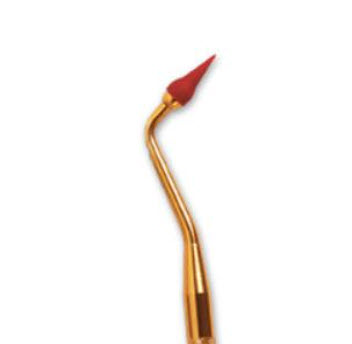
Here is the rubber tip I hand out to patients in the practice. You use it along the gum line to remove plaque that accumulates there. Gentle is the way. Let it do all the work.
To learn how to use it watch the video below. To buy one and try it out go to my Amazon link here.
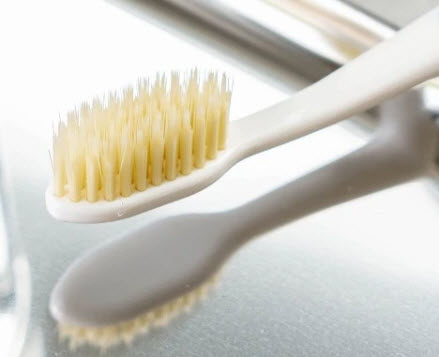
Here is the toothbrush I hand out to my patients. The biggest thing is to get a tooth brush with soft bristles and to use light pressure. Massage your gums, don’t brush them. If you are using too much pressure, your gums will recede over time.
To learn more about correct brushing technique, please watch the video below. In the meantime, you can check out the brush I recommend here at Amazon.
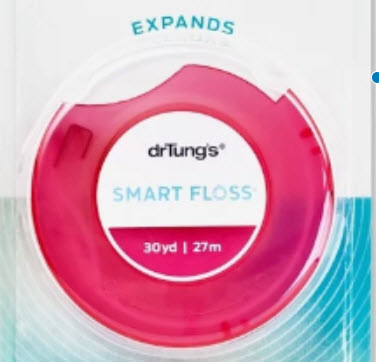
Here is the floss I use and recommend. It’s called Dr. Tung’s Smart Floss. The cool thing about this floss is that it is like thin yarn that removes more plaque because it frays slightly, but it still doesn’t get stuck in your teeth. That’s why it’s called Smart Floss. It makes flossing easier.
Again, to see how to floss your teeth, watch the video below. If you want to try out this floss, you can buy it by clicking on my Amazon link.
Here is a video demonstrating how to use the three tools mentioned above. Actually it’s my hygienist demoing, not me.
pH – Is Your Saliva Acid or Alkaline
pH is the measure of how acid or basic your saliva is, determined by hydrogen ion concentration. For saliva you want a neutral pH which is 7.0. If your saliva has a pH lower than 7, it means that your gums are most likely inflamed and there are bacteria releasing byproducts that are acidic. Unfortunately, these acid releasing bacteria live and feed on the plaque that sticks to your teeth. This acid actually etches and pulls minerals out of the surface of your teeth, weakening them and eventually causes cavities or holes in your teeth.
In short, the bacteria eats the sugar in your diet and populates the plaque that sticks on our teeth. Over time if this plaque is not cleaned off, it continues to damage the surface of your teeth and inflame your gums. This is why you clean your teeth; to remove the plaque that houses the bacteria that causes cavities.
How to Test the pH of Your Mouth
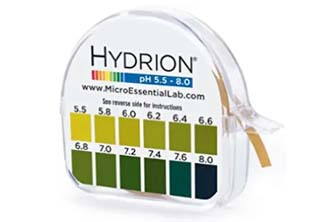
Hydrion pH paper I have found to be the best for saliva and urine testing. Here is my Amazon referral link if you want to check your pH.
If you find that your pH is too acid check out the next section to see what you can do about it.
Buffering Capacity of Saliva
Buffering capacity of the saliva refers to the ability of the saliva to neutralize acidity. As acidity is a bad thing, it’s good for the saliva to be able to neutralize it. If you test your pH and find that you have an acidic environment in your mouth you can do the temporary fix described below.
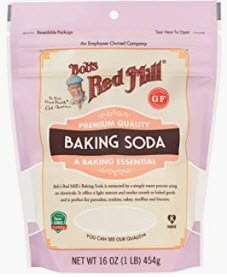
If your pH is low/acidic or your gums are red and inflammed, you may try using baking soda to neutralize the harmful backeria in your mouth that cause cavities and gum disease.
You can get a bag of the baking soda that I use on the left that I have found is the purest form. Or you can go to the grocery store and get a small box of Arm and Hammer backing soda. Both are fine.
Here is a referral link to buy on Amazon.
To use baking soda, simply touch a wet tooth brush to the powder to pick a small amount up on your brush, then gently brush along your gumline. And when I mean lightly, I mean lightly. All you are doing is gently applying it, not brushing it in. It will do all the work.
Disclaimer Time; If you brush too hard with it, your gums may recede as baking soda is abrasive. Also, don’t swallow it as baking soda is a salt and can eventually raise blood pressure. If you are concerned about blood pressure or are on blood pressure medication, please consult with your physician before using it.
OK, now that that’s out of the way, Baking Soda is a great way to alkalinize your mouth and also buffer acidity. However, you still want to figure out what is the underlying condition creating the acidic environment in the first place. This is where a holistic dentist can come in handy, especially one who has a microscope discussed below.
A Holistic Way to Maintain a Healthy Mouth

Here at Integrative Dentistry we give individualized oral hygiene instructions according to each patient’s needs. We also hand out our OHI sheet to take home.
If this is not enough, or if we suspect there are deeper issues and aggressive bacteria involved, we sometimes do a microscope evaluation to find out the specific microbes and parasites that may be living around your teeth and gums.
For a deeper dive into oral care and the prevention of gum disease you can read more in this article. As you read it, you will notice a lot of the same things are mentioned and recommended with gum care. If you you have bleeding gums or have been told you have gum disease, you can always make a consultation appointment with our gum specialist, Dr Bae. You can read more about what he does here and here.
If you are local to us in San Diego and have any other questions or for a deeper dive into home care and ways to prevent cavities, you can reach out to us by going to the following link and filling out the new patient questionnaire. We will then get in touch with you.
For those curious about my Amazon product links, I earn 1% commission on the products I sell from this article. As you may have guessed, I’m not doing it for the money, but to gauge the interest in a particular subject or product, so I know what to focus on in the future. My aim is high end dental education and not making money from this site.

Carey O’Rielly DDS has been a practicing dentist for 35 years. He went to USC Dental School and Duke University for his undergraduate degree. He grew up in Laguna Beach and now lives in La Costa with his wife Victoria, who runs his office.
He began his career by owning and operating a network of six offices in the San Francisco Bay Area. Presently he owns a private holistic practice in North County San Diego’s Encinitas.
Dr. O started looking for solutions to his health challenges that resulted from the stress and environmental toxicity that built up over a ten year period running his dental network. He has dedicated himself to learning about oral systemic problems and how dentistry can affect your health. He has applied what he has learned over the last twenty years to ensure he, his staff and his patients are protected from the chemicals and toxic materials found in most dental offices. He has produced an environmentally friendly office that is also peaceful and calm.
He is an expert on dental materials having looked at hundreds of biocompatibility lab tests over the years. He has identified the most bio-friendly materials to use in his practice and which dental materials can be used to replace metal fillings and crowns, including BPA free and fluoride free ‘white’ fillings. He also uses metal-free Zirconia or ceramic implants and PRF (platelet-rich fibrin) grafting materials which come from the patient’s own blood.
Dr. O’Rielly teaches C.E. courses on the systemic effects of gum disease. He is an expert in using phase contrast microscopy for analyzing dental infections, where he shows patients what kind of microbes, i.e. bacteria, amoeba, and yeasts like candida are populating the mouth and affecting the body as a whole.
He has an educational blog and is writing a book on dental health called ‘Hidden Dental Infections: Healing Root Canals and Infected Teeth with the Erbium Laser’ where he discusses dental nutrition, toxic dental materials and the effects of old root canals on inflammation and overall health.
